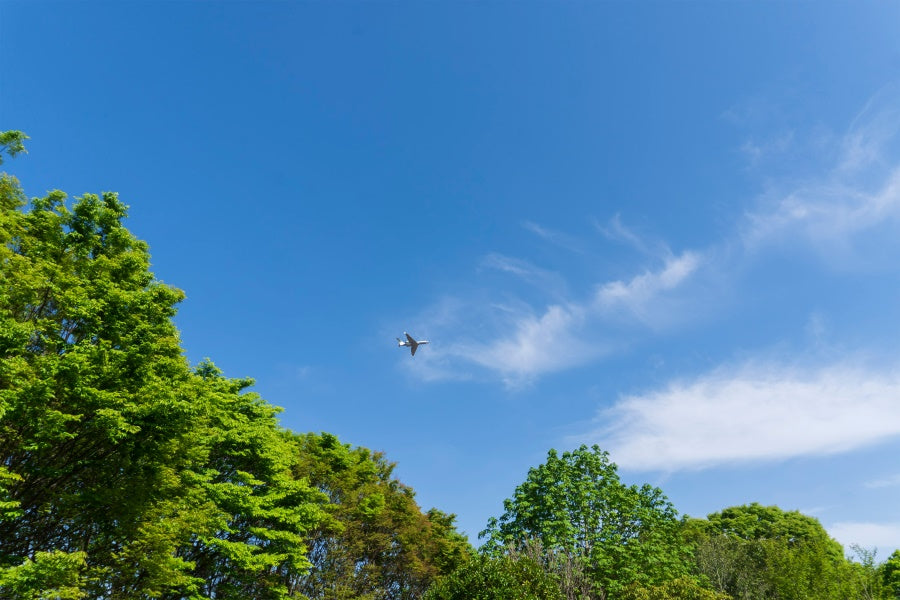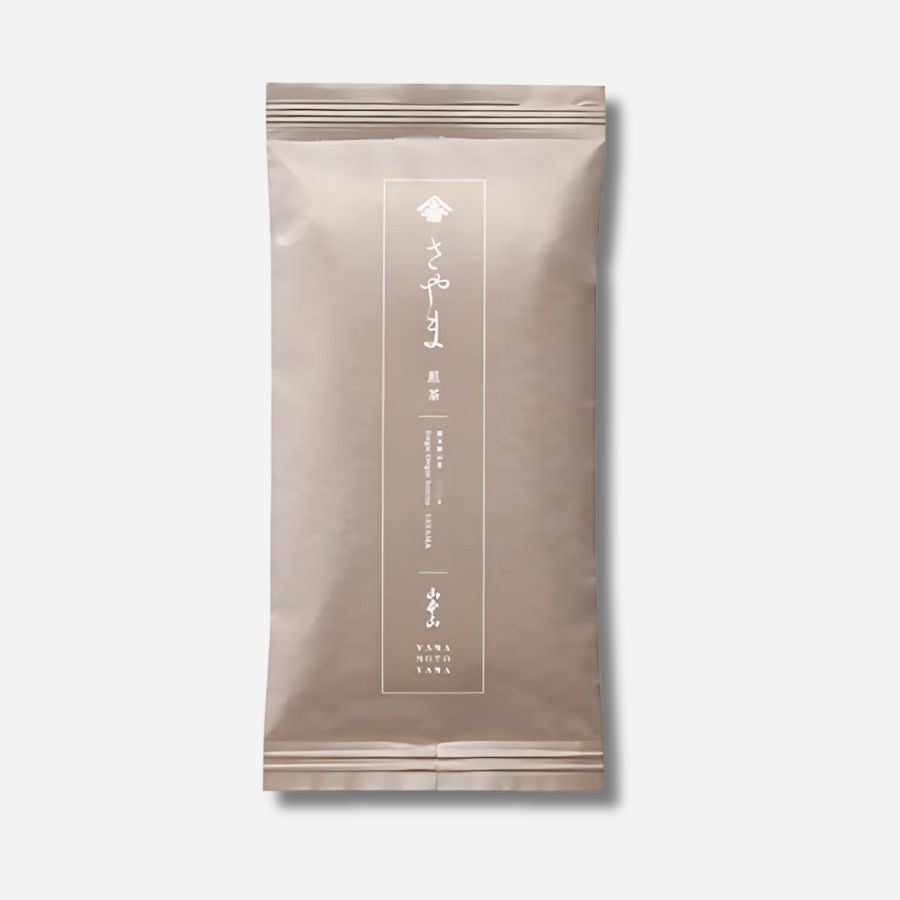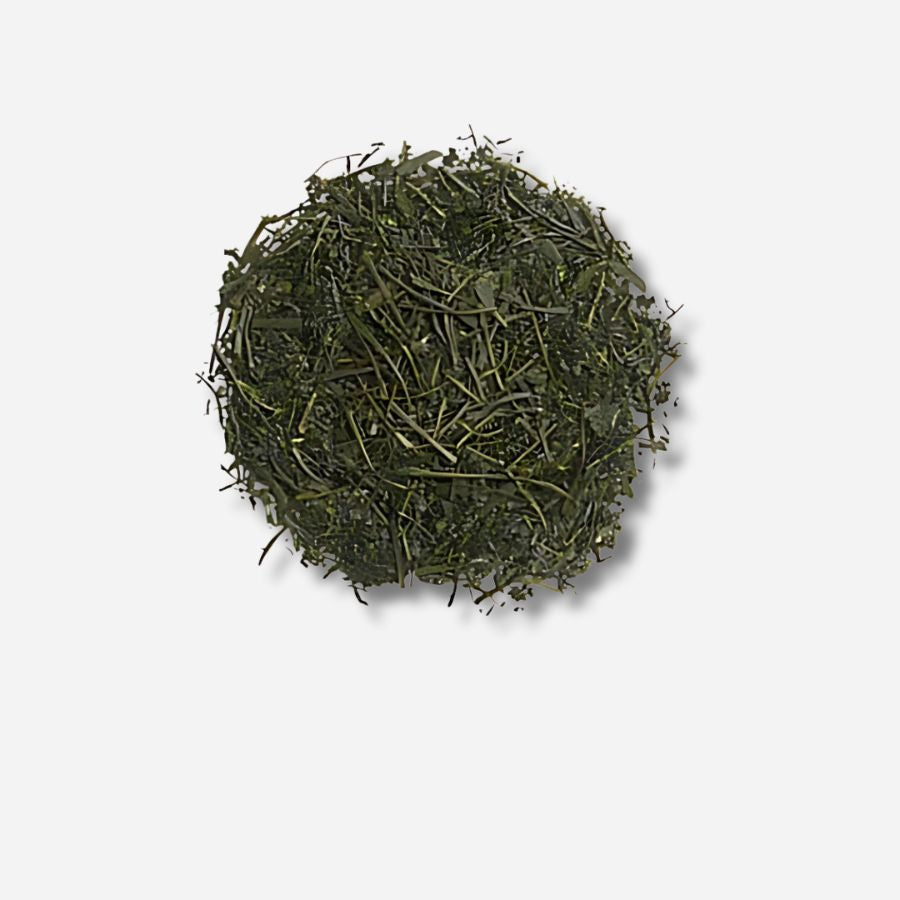
Sayama tea, a traditional Japanese tea that has been around since the Kamakura period
Introduction
Sayama tea is produced mainly in Iruma city, as well as in Tokorozawa city and Sayama city. It is known as one of the three most famous teas in Japan.
Sayama tea, grown in the cold climate and fine soil of Sayama City, is characterized by its rich aroma and deep flavor. As the tea-making song goes, "The color is from Shizuoka, the aroma from Uji, and the taste is from Sayama," Sayama tea is known for its good taste. The unique manufacturing method, "Sayama heating," allows you to enjoy a sweet and rich flavor.

The History of Sayama Tea
The history of Sayama tea is long, dating back to the Kamakura period. It is said to have begun when Ennin, the founder of the Buddhist sect of Buddhism, brought back tea seeds from China and planted them in temple grounds and fields. Later, during the Muromachi period, the tea was cultivated at Jikoji Temple and came to be known as "Jiko tea," which became one of the origins of Sayama tea.
From then on, it was called "Kawagoe tea", but as demand increased and production areas expanded under the initiative of Murano Morimasa and others, it is said to have come to be called Sayama tea. Taking advantage of its location near the major consumption center of Edo, production continued to expand steadily, and the tea became known nationwide.

Characteristics of Sayama Tea
The appeal of Sayama tea is undoubtedly its refreshing astringency and aroma.
This aroma is the result of a unique drying process called "Sayama heating." In the final stages of Sencha production, the tea leaves are heated so hard that they turn yellow. This not only dries the tea thoroughly and improves its storage properties, but also produces a heating aroma that improves the flavor and aroma, resulting in a sweet, rich taste.
Sayama tea leaves are also known to be thicker than those from other regions.
Because the area is relatively cold for tea-producing regions, the buds grow slowly, allowing the tea plants to rest well during the winter.
The thick tea leaves grow slowly over time before being picked, enduring the harsh cold, and are therefore able to withstand treatments such as the Sayama pasteurization process. The thick leaves contain a lot of nutrients, which results in a rich, sweet-tasting tea.

Unique manufacturing process
In large tea producing areas, the tasks of cultivation, tea processing, and distribution are generally divided, but Sayama has many small farms, and producers manage everything from cultivation, processing, and sales all together (own farm, own production, and own sales farms). By being involved in all processes themselves, tea farmers can pay attention to the smallest details, making it possible to produce tea with greater care.
In addition, because they do everything from cultivation to processing in their own farms, even the same Sayama tea has a rich individuality, and the characteristics of the tea vary depending on the farmer, which is another big attraction. Even though it is the same Sayama tea, you can enjoy the differences in tea that are packed with the attention to detail of each tea farm.

summary
What do you think? Sayama tea is characterized by its mellow, rich and full-bodied flavor.
They are made using traditional methods of farming their own gardens, producing their own tea, and selling it to their own farmers, and each tea shop has its own tea-making techniques and specialties that have been passed down for generations.
The taste of Sayama tea is one that truly embodies the weight of history, having been created by each tea farmer inheriting the time-honored traditions.
Be sure to try the refreshing aroma and rich, complex flavor that spreads the moment you put it in your mouth.







